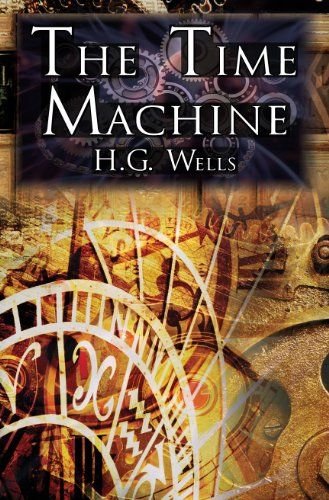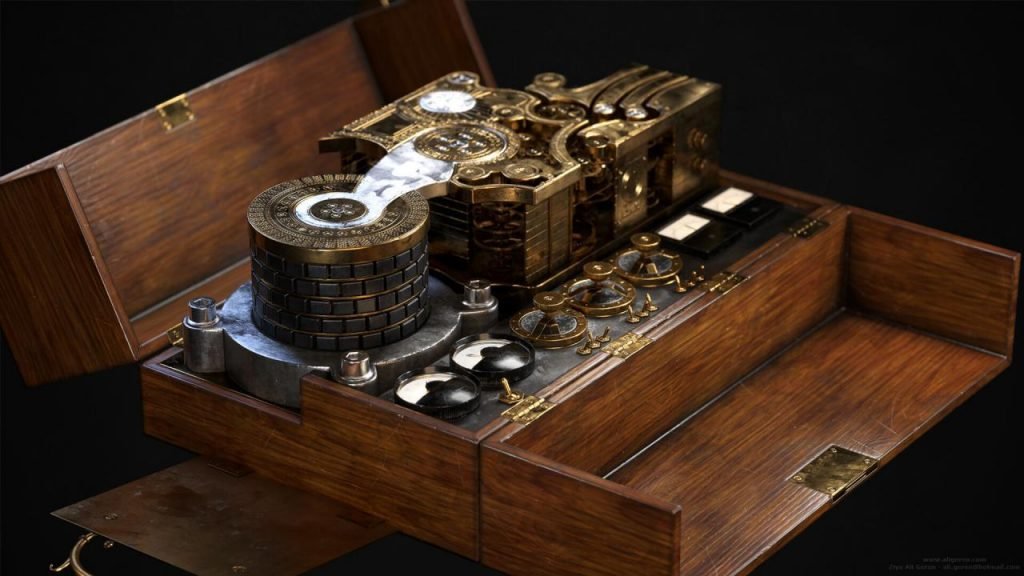The idea of time travel dates back to the industrial age. In 1895 eminent science fiction writer Sir HG Wells published his novel The Time Machine. Wells asks his readers to picturized time in itself a dimension.
All objects that exists in observable universe have three-dimensional structure already, wells go another step and argues that if we don’t consider time dimension the object cannot itself cease to exist. He says that time and space are same thing and our consciousness progresses through time. More on that later.
Let’s talk about Dark
Netflix web-series Dark has a special character named H.G. Tannhaus, a clock-maker by profession Tannhaus operates a shop in Winden. He apparently is the author of ‘A Journey Through Time’, book which discusses black holes, spacetime and also plays a key role in web-series.

Refining the understanding of time for the characters and the viewers. Although In this article we’ll refrain ourselves from discussing the dynamics of the web series and talk about how our understanding of time travel itself has evolved over a period of 150 years.
The Time Machine (1895)
Unlike dark, Wells Time Machine was more of mechanical based vehicle which travelled through space and time and had mechanical moving parts and levers which uses oil as a fuel in order to work. H.G. Wells Time Machine had a close resemblance to a modern-day motorcycle.

But, with the advent of atomic age in 20th century our Imagination of time machine is more of a 70’s style PC based version which uses more stable form of nuclear-based fuel, as it is transpired in the web series itself. Eliminating the Intricate large mechanical parts as of Wells Machine.
It is further transpired that Darks Time Machine also uses electromagnetic waves generated from Ulrich’s smartphone in order to create a portal through time.

The idea of time travel has also seen a plethora of evolution from 1895 to 2020, by passing through the filters of advancements in theoretical physics adding on our knowledge of phenomenon like blackholes and warped space and time to the modern digital age of smart devices and AI.
